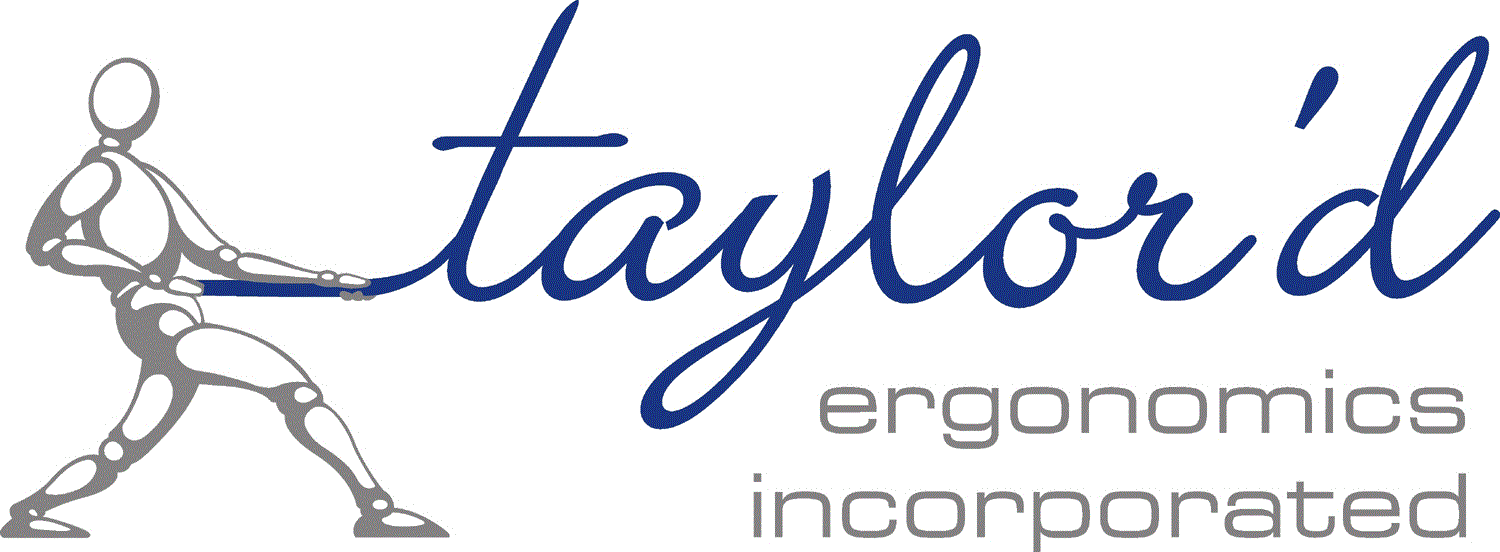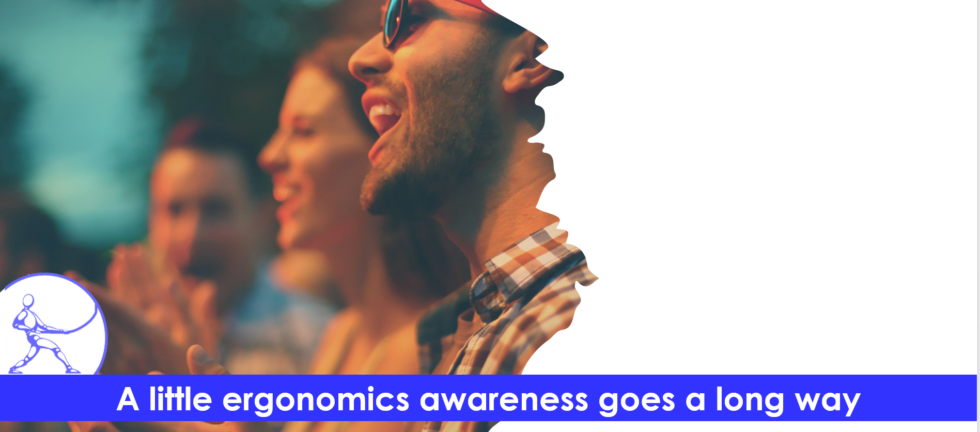Let’s face it – the cost of strain/sprain injuries is staggering. At least 1/3 of all lost time injuries are strain/sprains. The average compensation cost per injury is $39000 (in manufacturing, according to an IWH study, and the indirect costs are at least twice that….including managing claims, investigating the injuries, and making changes to prevent reoccurrences.
If your organization spent half that amount of money and energy preventing injuries, you likely wouldn’t have any.
The same IWH study reported that, on average, manufacturing companies spend $1515 per employee on OHS investments, and receive a financial benefit of $1884 (fewer claims, improved morale and retention), or a benefit/cost ratio of 1.24. The benefit/cost ratios were even better in the transportation and construction sectors.
A very low-cost way of getting started is to foster ergonomics awareness amongst your employees. Post bulletins about ergonomics, share information about the early signs and symptoms of injury, hold contests that focus on hazard recognition, and host fun and engaging events that get people thinking about strain/sprain injury prevention.
Why Awareness Works
- Employees cannot be expected to identify the early signs and symptoms of injury if they have not heard about it. And if they do not act on the early signs, they are much more likely to suffer long-lasting effects and lost time claims.
- Employees can’t identify or report hazards they don’t recognize — awareness turns everyday observations into opportunities for prevention.
- Employees may learn something that prompts an idea about how to improve their jobs. These may be low cost changes, or even changes in the way they do their jobs!
- An ongoing awareness initiative may influence employees’ attitudes toward change. They may be more accepting of the potential benefits of ergonomics, and less likely to resist when a change is implemented.
How to Build an Engaging Ergonomics Campaign
- Make sure the awareness campaign is active. Update bulletins at least monthly. Provide NEW information, not recycled information.
- Try to mix work-related and non-work-related topics. We want people to identify hazards at work, and to think about how to improve their jobs. But they might be more intrigued by ergonomics as it applies to hockey, or their kitchen tools. If they can learn how to safely lift a case of beer, they can also lift a case of components! Vary your content to maintain engagement. If you hear people talking about the topic at lunch and breaks, or commenting on a dinner conversation about it, consider your campaign a success!
- Keep it relevant; whenever possible, relate the content to daily life. Don’t talk to factory workers about the best type of keyboard to use, and don’t advise office workers about impact guns, unless you’re confident that these topics might be relevant outside of their work lives.
- Point out the benefit. Every message should have a clear takeaway. For example, if you are promoting how to adjust your bike seat for optimum performance, point out that other work heights act the same way: an optimized chair or bench height allows you to perform better, and ensures that you leave work feeling the same as when you arrived.
- Keep management involved. Make sure supervisors and managers participate in any initiatives, not only so they are aware of what their people are learning, but so they learn it themselves and buy into the concepts.
Proven Tactics That Work
We use:
- Ergo bulletins with monthly theme updates and weekly ergo thought updates.
The board also identifies the ergonomist who is working with the client, and how to reach out to the ergonomist. The bulletin may be a “hard copy” board in a busy place, or an electronic board that is displayed where everyone can see it. Bulletins can also be formatted as posters or videos!
- Ergo contests.
We print handouts for employees to complete a fun puzzle, scavenger hunt, or other challenge, and they enter their completed puzzles into a draw for a prize.
An ergonomist sets up a challenge that allows employees to measure the difference between “bad” ergonomics and “good” ergonomics. The game is selected to replicate typical work tasks. Employees can compete over the course of the day for “most improved” scores.
An ergonomist or safety professional prepares a formal 1-hour workshop, which includes a presentation, as well as some hands-on activities to promote better work practices. Unless the session is customized for a specific audience, we would consider this to be “awareness” training. (More specific microlearning can focus on skills that would reduce injury risk for specific tasks. This even more effective than ergonomics awareness initiatives!)
Whether you start with a bulletin board or a hands-on game, the key is to start. Awareness builds momentum — and the sooner you build it, the sooner you’ll see the savings. We can help – Contact Carrie@TaylordErgo.com.


